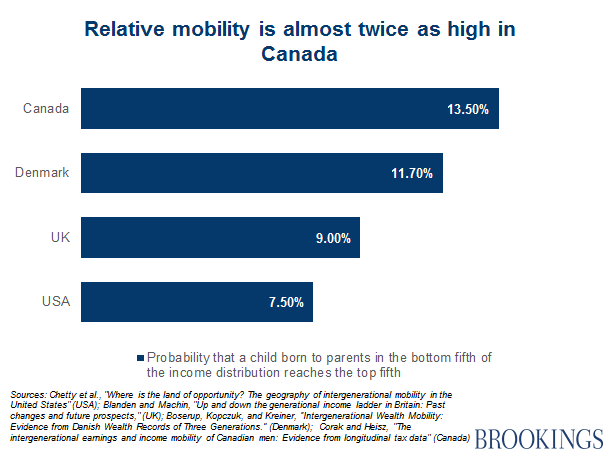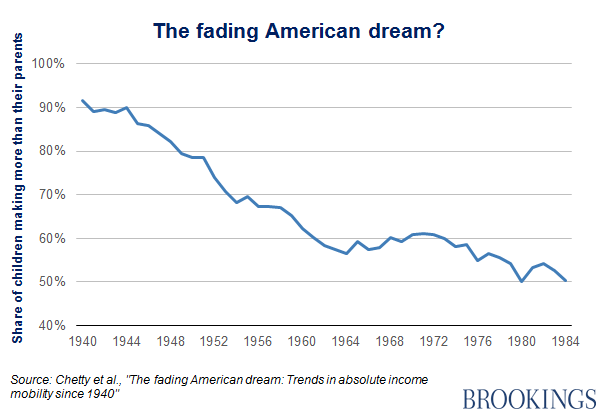Inequality In Social Relationships
Posts in this series. This post is updated from time to time with additional resources.
In the last post in this series, Freedom And Inequality, I discussed the societal distribution of freedom as described by Elizabeth Anderson. In this post, I do the same with her description of equality. [1] Anderson says that egalitarians think of inequality as it relates to social hierarchies, as opposed to material distribution which is the usual understanding of the word. She discusses three forms of social hierarchy: domination, esteem and standing.
Domination
The most obvious form of social hierarchy is the hierarchy of authority. These are arrangements in which one person has the right to arbitrary control over the actions of another. Most domination hierarchies are not absolute, either in the allowed arbitrariness of the superior or the powerlessness of the subservient person. For example, an employer can harass an employ with weird hours, or unreasonable demands, but cannot hit the employee; and the employee can at theoretically walk out.
Dominance hierarchies are everywhere in our society. The wealthiest people have high positions in these hierarchies, but it is useful to note that most of that day-to-day authority is delegated to subordinates in long well-defined chains. The people at the top may not be as free to operate without accountability as their positions would seem to allow. For example, the CEO of a giant corporation is constrained by the board of directors, and by the need to operate through immediate subordinates who may or may not agree to act as directed. [2] That is just as true lower down the chain of authority. People at any level may be in a position to abuse those below them in the chain. The chain of authority closely mirrors incomes at each level.
In most other areas of society there are dominance hierarchies. In civil society the police are effectively the superiors of certain classes of people, mostly lower income people, and people of color. In Churches, there may be control through a group of members, as the Deacons in a Baptist Church, or the Preacher may seize control. The members of the Church are subject to the direction of the leaders, in many cases with the sole option of dropping out or being excommunicated. In social groups, such as tennis clubs and condominium buildings, there are similar hierarchies, with greater or lesser accountability. In general, I’d guess that the poorer one is, the less ability one has to dominate others.
Esteem
I usually think of esteem as a positive feeling. For example, I hold LeBron James in high esteem, not simply because he is a great athlete, but because it’s obvious he is a self-controlled person, an unusually disciplined person, who has worked extremely hard to excel, both physically and mentally. And as far as I know, he is a good husband and father, and a good member of society. He has earned esteem as a good person. Of course, we can also hold people in low esteem. For example, I hold Kristjen Nielsen in low esteem. She received every advantage society has to offer and used her power to cage children and separate them from their families forever.
Most of us can earn esteem from others. In our work lives, our colleagues may esteem our contributions. In our churches, the choir singers are esteemed for the work they put in to enhance services, as are the flower committee members. In clubs and condos, the people who are willing to devote the time to manage are esteemed and their service is frequently gratefully acknowledged. This kind of esteem is open to practically everyone, without regard to income or wealth.
Rich people do not receive much of this kind of esteem. Even their donations of money are suspect, either because of the source of their money or because they seem to be trying to buy esteem, which must be freely given to be of value. That’s why people question the political acts of celebrities that are all talk and no action. Compare that with the acts of George Clooney or Jane Fonda. [3]
Anderson uses the word esteem somewhat differently:
The second type of objectionable social inequality is hierarchies of esteem. In these systems, those occupying inferior positions are stigmatized — subject to publicly authoritative stereotypes that represent them as proper objects of dishonor, contempt, disgust, fear, or hatred on the basis of their group identities and hence properly subject to ridicule, shaming, shunning, segregation, discrimination, persecution, and even violence. In some cases, subordinate group members may be allowed to participate in mainstream organizations and benefits but only on the condition that they repress, hide, or abandon their stigmatized identities—for example, their sexual orientation, religion, language, customary dress, or ethnically distinctive name. Because esteem is positional, public representations of socially stigmatized groups are always shaped in invidious contrast to the stereotypes ascribed to those possessing honored group identities. Quoted from her paper Equality.
On this scale, the poorer one is, the more likely one is to be low on the esteem scale. In the US, poverty is often seen as a personal failing. This view is internalized by most of the people so stigmatized. [4] Of course, there is a modest number of people among despised groups who have money, and plenty of it. That, however, is not sufficient to drive an increase in esteem for the class. For example, New York cops broke NBA athlete Theo Sefolosha’s leg and ended his season in a ridiculously aggressive pretend arrest. Obviously the cops held him in low esteem, but the city settled for $4 million; he donated a substantial part to a non-profit that trains public defenders. It seems to me that esteem is not strictly related to income or wealth for people in the despised classes, but for some classes, say white men, esteem is closely correlated to wealth and income.
Standing
Anderson describes this as the right to have one’s interests considered in decisions that affect one. Standing is closely correlated with wealth and income, but for people in classes held in low esteem, the general level is lower, as is the case with esteem. In general, the wealthy use their high positions in the three kinds of socisal hierarchies and their wealth to assure their continued domination. [5]
Equality Before the State
For the most part, I have looked Anderson’s hierarchies from the standpoint of individual members of society. Here’s how Anderson characterizes these hierarchies from the standpoint of the state:
Egalitarians oppose such hierarchies and aim to replace them with institutions in which persons relate to one another as equals. For example, they want members of society to be treated as equals by the state and in institutions of civil society (standing); to be recognized as bearing equal dignity and respect (esteem); to have equal votes and access to political participation in democratic states (authority). Each of these conceptions of relational equality is complex and implicates numerous features of the social setting.
Conclusion
Anderson looks at the three categories of freedom and the three social hierarchies mostly from the standpoint of the broader society. In this and my last post in this series, I try to see the relationships between these categories and wealth and income. As I worked my way through them, I came to think these categories have broader meanings, and some of that comes through, I hope. They apply not just in the broad view of society, but at every level of society right down to our daily lives. Each of us can work out for ourselves our approximate place in these categories, and we can see how they influence our social interactions and our sense of our place in society. In the next post I look at two larger implications of the disparities revealed through these categories and their impact on individuals and society.
=====
[1] Anderson takes this up in her essay Equality in the Oxford Handbook of Political Philosophy. Perhaps it’s available through your library.
[2] On the other hand, the CEO might just dump anyone who doesn’t agree to act as directed. Trump is an example of this kind of abusive use of authority. The result in corporations is usually an economic disaster. In government, it’s worse.
[3] Fun fact: Fonda spoke at an anti-war rally on Armed Forces Day in Fayetteville, NC, near Ft. Bragg, in May 1970; she also spoke at a rally at a meeting house of the organizers, GIs United Against The War In Indochina, the night before. I was there for both. The army was afraid, and cancelled its Armed Forces Day ceremonies. You can find a description here at .pdf page 9, and a fascinating discussion of the connection between GI resistance to the war and the creation of the all volunteer army in Chapter 3. The underground newspaper of GIs United, Bragg Briefs, carried stories about the M-16 rally in the June 1970 issue, available here. This paper is a marvelous example of resistance to the military during wartime.
[4] See, e.g., Jennifer Silva’s book Coming Up Short. See also this interesting piece.
[5] I discuss one form of this in a short series on the French scholar Pierre Bourdieu. Regrettably I did not index this series; Here’s the last one on symbolic violence. See also Oligarchy Inside The US? and other works by Jeffrey Winters and Benjamin Page.
Edit: I have updated the post on symbolic violence linked above to add an index to the Bourdieu posts.



